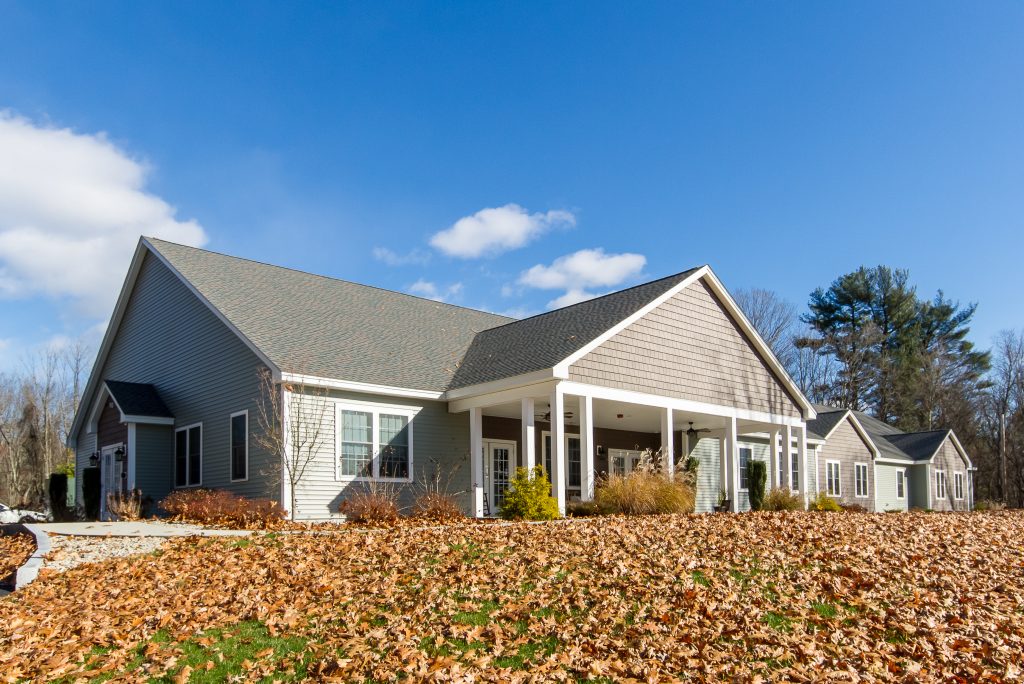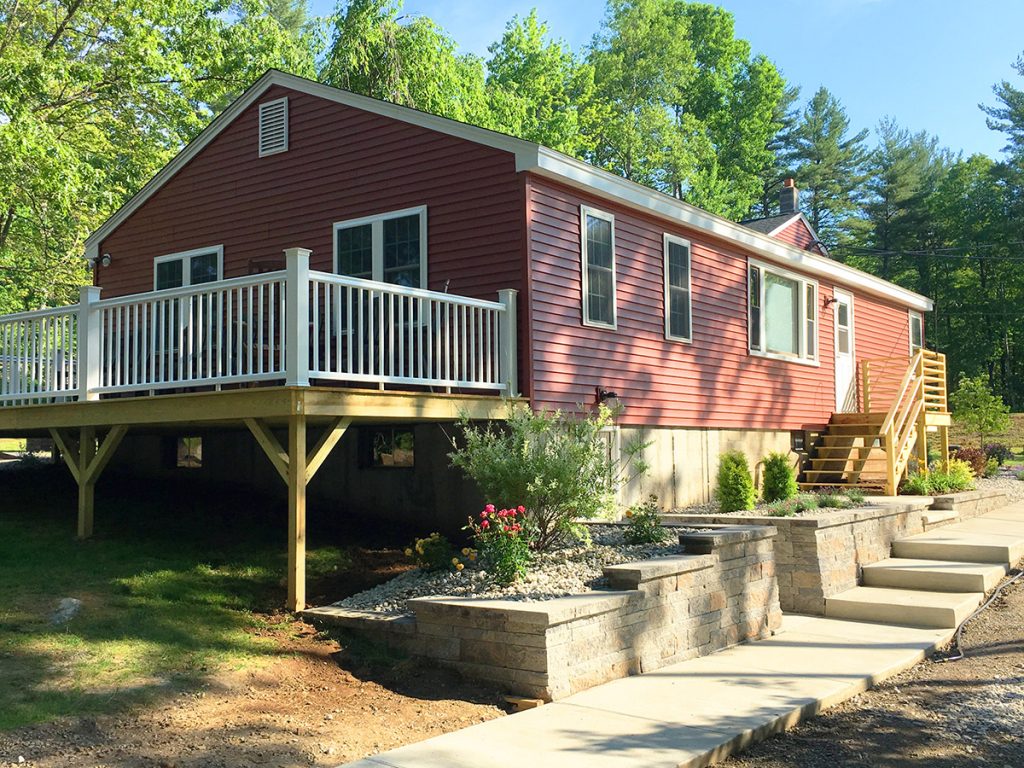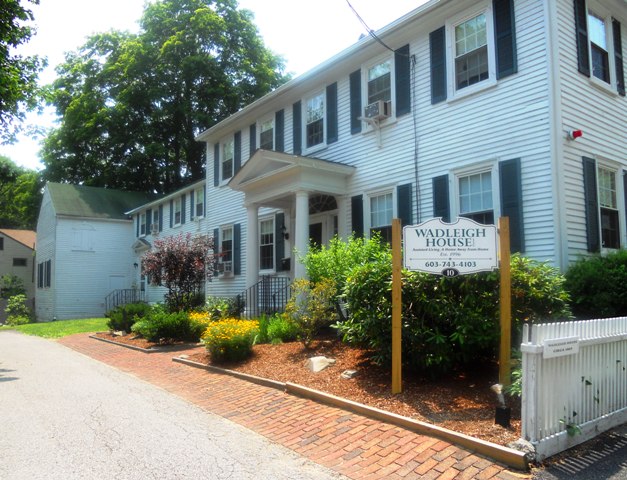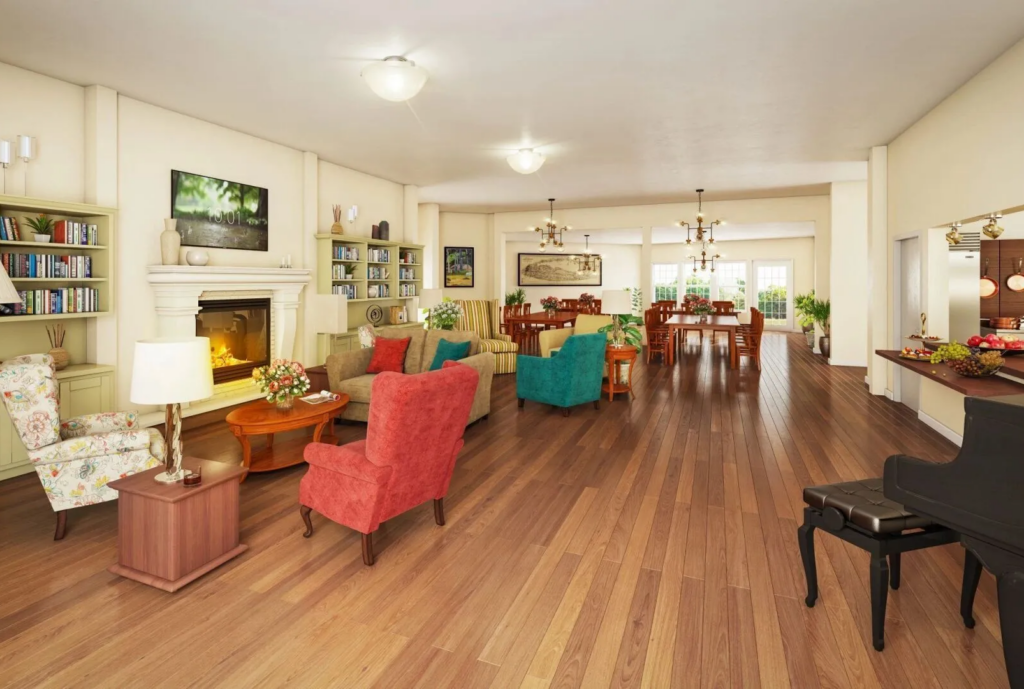
It can be difficult to know if it’s time for assisted living — and far too often, you don’t realize it’s needed until it’s an overdue change. Many of the changes that make assisted living a good choice happen slowly over a long period of time, so you may not realize how much quality of life has been impacted until your aging loved one is really struggling. By keeping an eye out for changes in certain areas, you can start thinking early about how someone is adjusting to aging. Here are five signs that it might be time to move to assisted living.
Difficulty Maintaining Hygiene
There are multiple elements to hygiene, from remembering what needs to be done, to being physically capable of performing activities. In some cases, a bad experience like slipping and almost falling in the shower can lead someone to avoid the activity entirely. If an aging loved one is struggling to clean themselves and related things like clothing, they may benefit from assistance.
Trouble Keeping Up With Bills
Paying bills is never fun and is hard to manage for many people, but memory, dementia, and even difficulty with technology can make regular bill paying a particular struggle. If bills are piling up, or an aging loved one isn’t sure what bills they need to pay and when, simplifying their financials may help.
Isolation
Social isolation is one of the biggest challenges for the elderly. This is especially true for those who live far away from their family members, but even when close to family, having relationships with people their own age can be key to wellbeing. Assisted living can be a great way to make it easier for elders to create and maintain relationships with other older people—and in some cases they will find new hobbies and activities, too!
Health & Safety Concerns
Aging often involves increased health problems, even for overall healthy individuals. In addition, safety can become a concern for those living alone, as things like stairs and landings can present safety hazards around the house. Assisted living facilities are often centrally located and often can assist with transportation to and from medical appointments; in addition, they are designed with mobility needs in mind, so as mobility changes, the space will continue to be accessible.
Inability to Care For Your Home
Between cleaning and maintenance, houses can take a lot of work! Especially for people who have been DIYing home repairs for decades, aging can make upkeep become a lot more difficult. In addition, chores like washing dishes, vacuuming, and mowing the lawn can become a lot more difficult to keep up with as you age. Keep an eye out for house maintenance that is going undone, as well as piles of dishes or a fridge full of expired food; if your aging relative isn’t able to or doesn’t want to keep up with these tasks, assisted living might be a great option.
In many cases, struggling in just one area, or just a little bit in multiple areas, is something that can be addressed in other ways (such as hiring a cleaning service to come in once a week, or transferring utility bills into your name). However, it is good to keep an eye out for all of these signs. Because there are often waiting lists at assisted living facilities, it’s ideal to start thinking about your options before it’s an urgent need. By keeping an eye out for these warning signs, you can start preparing and choose an assisted living facility before you’re rushed. Have more questions about assisted living? Contact us to learn more about our locations!





